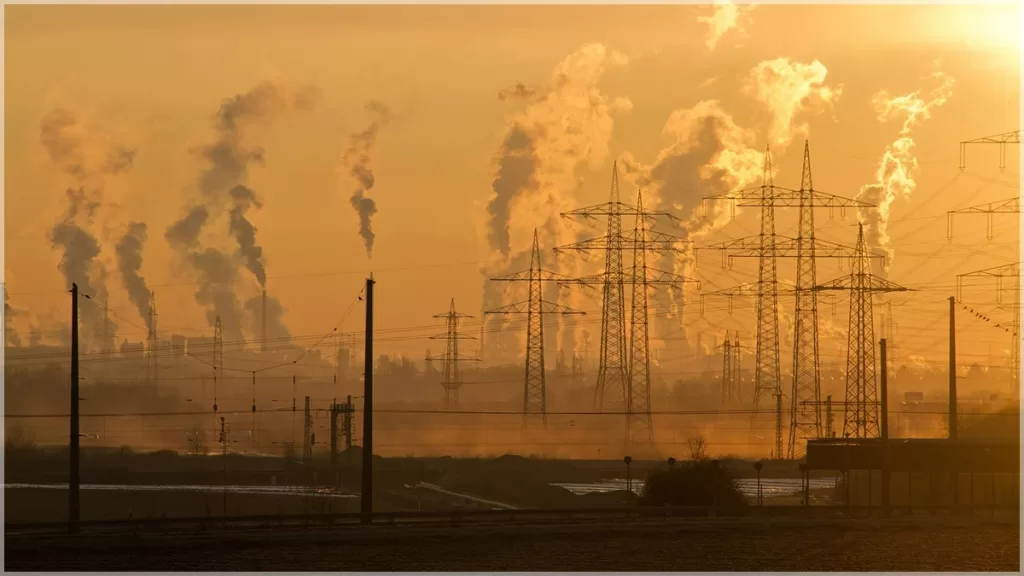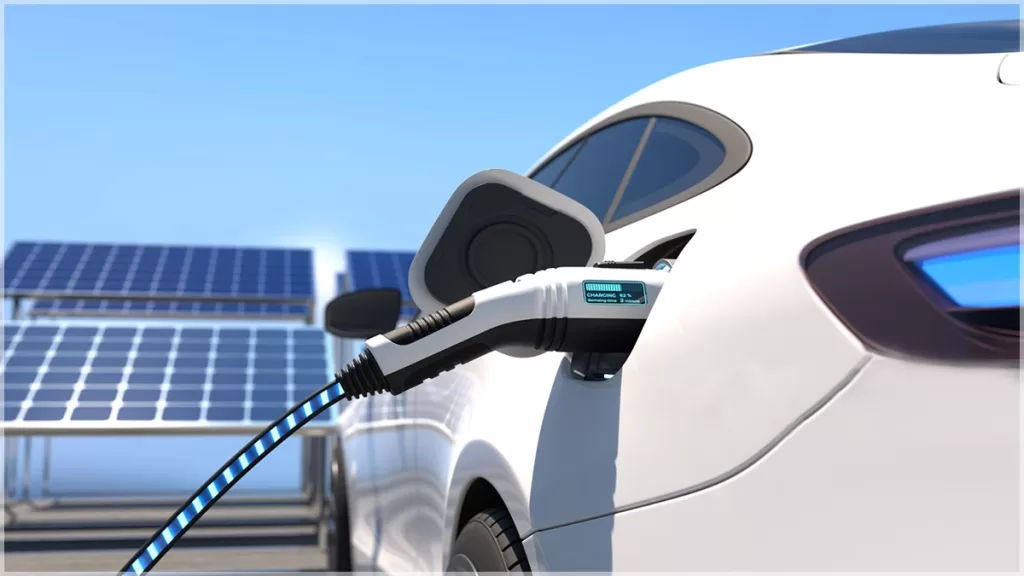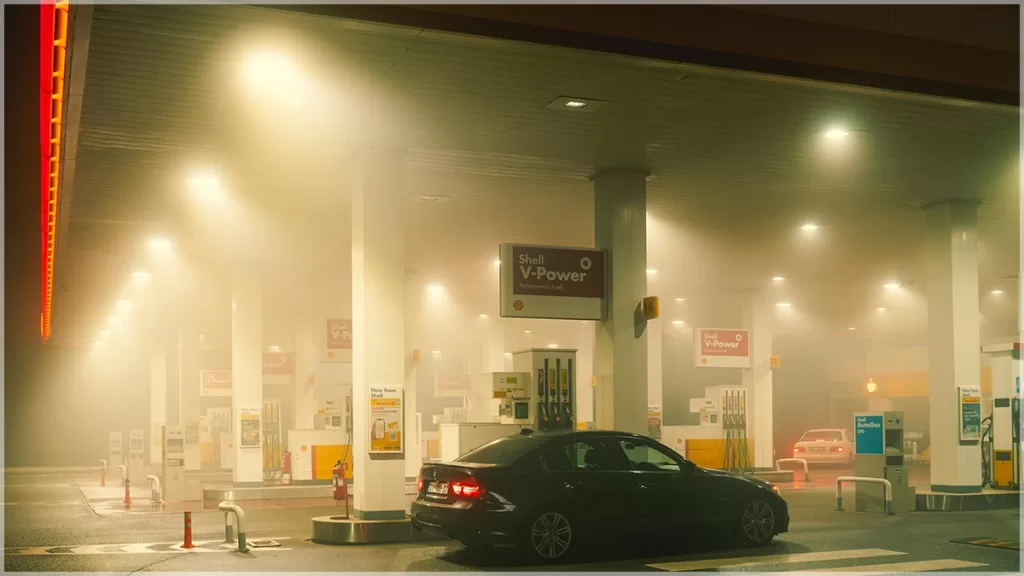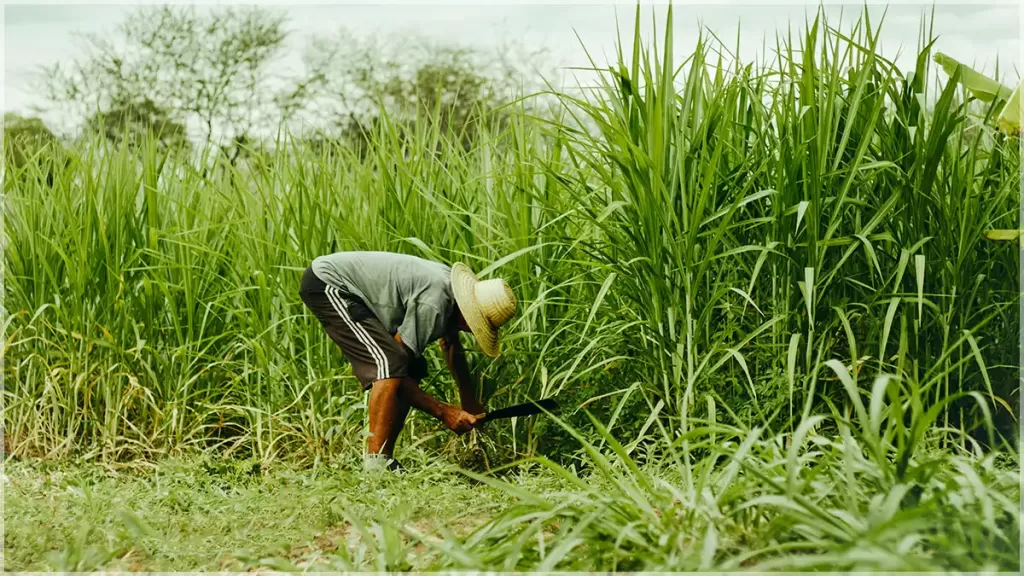On July 7, 2022, India’s Union Minister for Road Transport and Highways, Nitin Gadkari, made a bold statement: in the next five years, petrol will disappear from India. This shocking prediction hints at the future of transportation in India, where the focus is shifting away from petrol and diesel to cleaner, more sustainable alternatives. The question that arises is, how realistic is this prediction, and what options does India have in the next five years to move beyond petrol? Let’s explore the possibilities.
Table of Contents
Why Petrol Needs to Go
Gadkari’s statement about the end of petrol comes at a time when the world is grappling with three major problems related to fuel:

- Non-Renewable Resources: Petrol is a non-renewable resource, which means it will eventually run out. As the global demand for energy continues to rise, the world is facing an energy crisis. We cannot depend on finite resources like petrol forever.
- Climate Change: The burning of fossil fuels like petrol and diesel is one of the biggest contributors to climate change and global warming. The earth’s temperature is rising, and extreme weather events are becoming more common. The need to reduce carbon emissions has become more urgent than ever.
- Price Fluctuations: Fuel prices can fluctuate dramatically, impacting economies and everyday people. The rising cost of petrol often puts a strain on individuals, businesses, and the government.
Given these issues, it is no surprise that countries, including India, are looking for cleaner alternatives. Gadkari’s announcement aligns with India’s efforts to combat climate change and reduce its dependence on non-renewable energy sources.
What Are the Alternatives to Petrol?
The future of transportation in India is likely to be powered by a variety of alternative fuels, including electric vehicles (EVs), hydrogen, compressed natural gas (CNG), and ethanol-blended fuels. Let’s take a closer look at these options:

1. Electric Vehicles (EVs)
One of the most promising alternatives to petrol is the rise of electric vehicles (EVs). India has already seen significant growth in this sector, and studies suggest that by 2030, 30% of all vehicles in the country could be electric. While EVs are a cleaner alternative, they are not entirely free from environmental concerns. Currently, around 50% of India’s electricity is generated from non-renewable sources like coal, oil, and natural gas. This means that until the energy grid becomes more sustainable, EVs will still contribute to pollution.
2. Hydrogen Fuel
Hydrogen is another fuel that is being explored as a cleaner alternative. Hydrogen fuel produces zero carbon emissions when burned, making it an attractive option. However, there is a catch: about 95% of hydrogen today is produced from hydrocarbons, which are non-renewable and contribute to pollution. If hydrogen can be produced from renewable sources in the future, it could be a game-changer for the environment.
3. Ethanol-Blended Fuel
Ethanol is a type of alcohol made from biomass, such as sugarcane or corn. It has been shown to reduce greenhouse gas emissions significantly when used as fuel. In India, ethanol-blended petrol was introduced in 2003, and the government is working to increase the blend to 20% ethanol (E20) by 2023. Ethanol is a cleaner option, but it has some limitations. It can cause corrosion in engines because it attracts water, and it requires more ethanol than petrol to produce the same amount of power. Additionally, ethanol production depends on crops like sugarcane, which ties its price to agricultural factors.
4. Compressed Natural Gas (CNG)
CNG is already a popular alternative fuel in many parts of India, especially for public transportation and commercial vehicles. It burns cleaner than petrol and diesel, emitting fewer pollutants. However, CNG is still a fossil fuel and, therefore, not entirely free from environmental drawbacks.
Challenges in Moving Away from Petrol
While the alternatives to petrol seem promising, there are significant challenges India must overcome to fully transition to cleaner fuels. Here are some of the key hurdles:

- Infrastructure: Transitioning from petrol to cleaner fuels requires significant investment in infrastructure. For example, India needs more charging stations for EVs, hydrogen production plants, and ethanol processing facilities. This is a time-consuming and expensive process.
- Cost: The cost of developing and implementing new technologies, like hydrogen fuel cells or electric vehicle batteries, can be high. While cleaner fuels may eventually be cheaper than petrol, the upfront costs could be a barrier for many consumers and businesses.
- Availability of Alternative Fuels: India currently does not produce enough ethanol or hydrogen to meet the country’s fuel needs. The same goes for electricity, which still comes from non-renewable sources. India must increase its production of renewable energy to make these alternatives viable.
- Consumer Adaptation: Even if cleaner fuels are available, consumers may not be ready to switch. People are used to petrol and diesel vehicles, and they may be reluctant to invest in new technology, especially if it is more expensive.
Lessons from Brazil

India could look to Brazil for inspiration when it comes to ethanol. Brazil introduced ethanol as a fuel back in 1976, and by 2008, it had captured a 50% market share in the country. Today, about 78% of vehicles in Brazil run on a 27% ethanol blend (E27). Brazil even developed a new type of sugarcane with higher biomass content to produce more ethanol. India could follow a similar path, increasing its ethanol production to reduce its reliance on petrol.
The Road Ahead for India
India is clearly on the path toward a future without petrol, but it will not be an easy journey. The transition to cleaner fuels will require significant changes in infrastructure, policy, and consumer behavior. Electric vehicles, hydrogen, ethanol, and CNG all have potential, but they also have their limitations.

For India to succeed, the government will need to invest heavily in renewable energy, promote research into alternative fuels, and encourage consumers to make the switch. Gadkari’s vision of a petrol-free India in five years might seem ambitious, but with the right policies and technologies in place, it is not impossible.
The future of India’s transportation is cleaner, greener, and more sustainable, but it will take collective effort to make this vision a reality.


